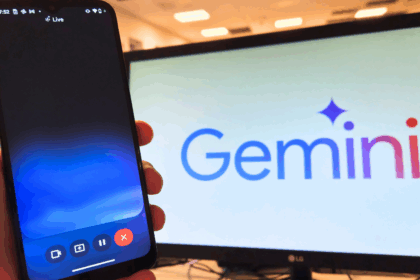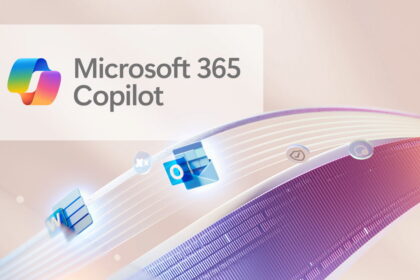It must be said—this humble editor had to dig deep to truly grasp the impact of PyTorch before writing about it. But the recent integration of PyTorch ARM native support for Windows marks a significant milestone in the development of AI applications.
With the release of PyTorch 2.7, developers now have access to natively optimized builds for ARM64 devices, including the new generation of Copilot+ PCs. This means there’s no longer a need for manual compilation, streamlining workflows and boosting efficiency for developers working on Windows-based ARM machines.
What is PyTorch, and why is it important?
PyTorch is one of the most widely used machine learning libraries for developing and training artificial intelligence models. Its compatibility with ARM on Windows marks a major step forward, enabling developers to leverage the ARM64 architecture, known for its energy efficiency and optimized performance. This is especially beneficial for tasks such as image classification, natural language processing, and even generative AI.
Advantages of PyTorch ARM on Windows
- Optimization for ARM Devices: Developers can now run AI models directly on ARM-based laptops and tablets without needing specialized hardware.
- Increased Accessibility: The integration makes advanced AI tools more accessible for students, researchers, and AI enthusiasts.
- Energy Efficiency: ARM devices typically consume less power, making them ideal for mobile and portable applications.
How to Use PyTorch ARM on Windows
To get started, you’ll need to install a few development tools such as MSVC, Rust, and Visual Studio. It’s also recommended to create a virtual environment for managing dependencies cleanly and efficiently. You can find detailed instructions in the official PyTorch documentation.
Real-World Example: Stable Diffusion on ARM
A great example of PyTorch ARM in action is running Stable Diffusion, a model that can generate images from textual descriptions. This kind of application opens up exciting new possibilities in creative fields like digital design, art, and advertising—all on energy-efficient hardware.










